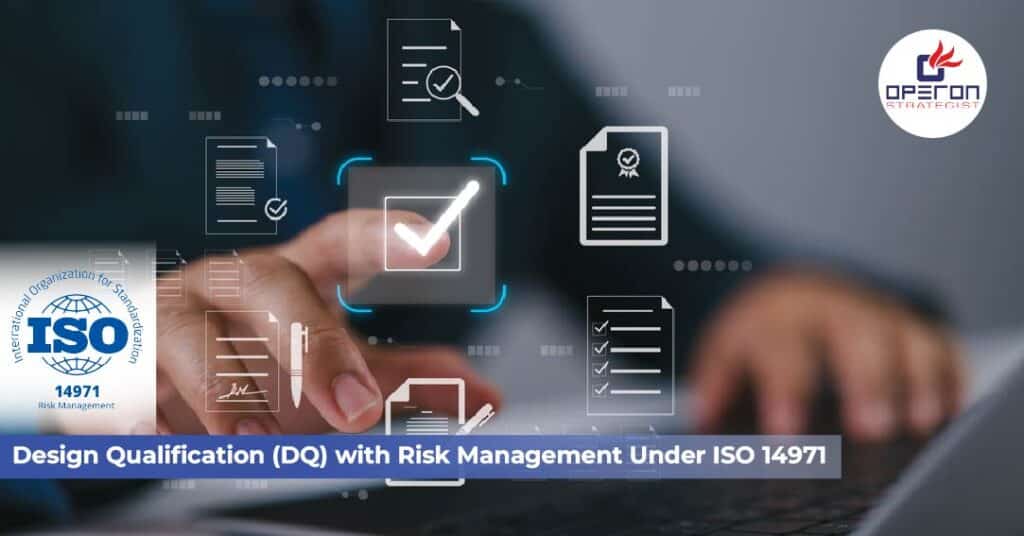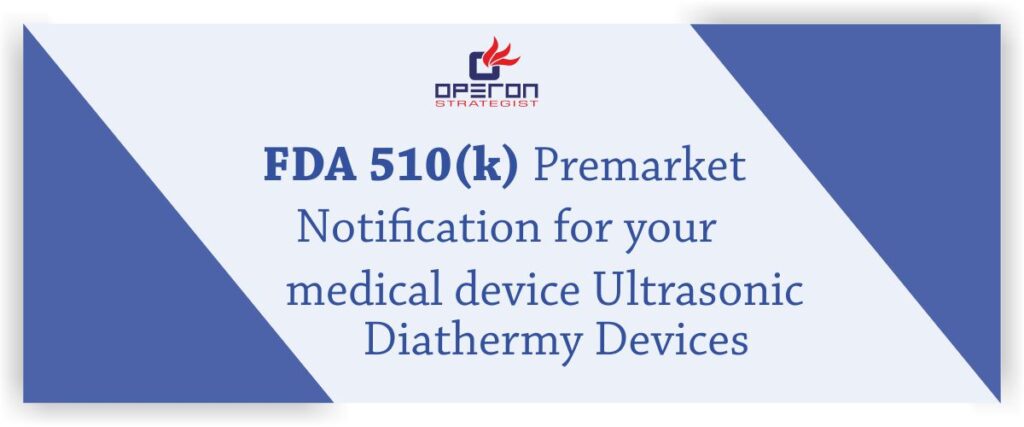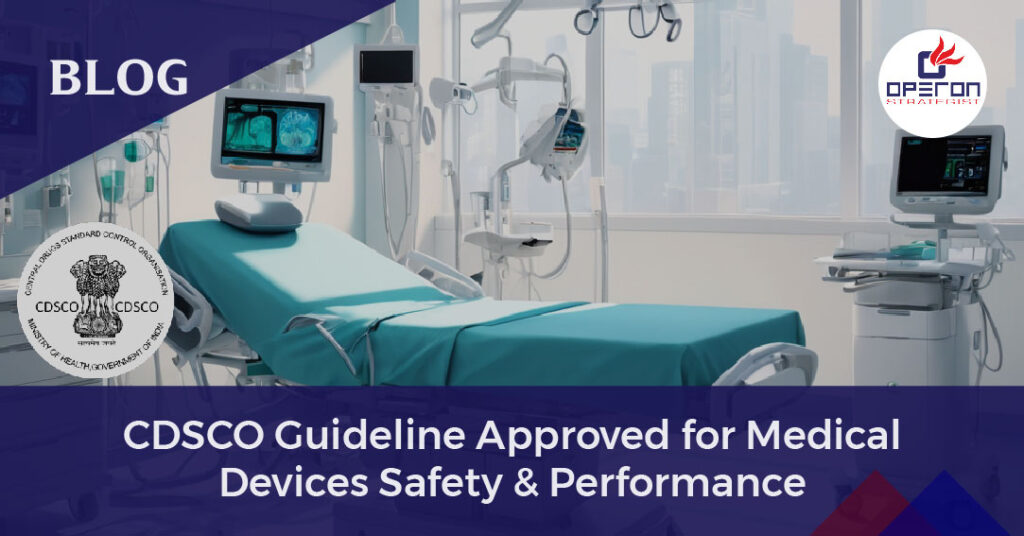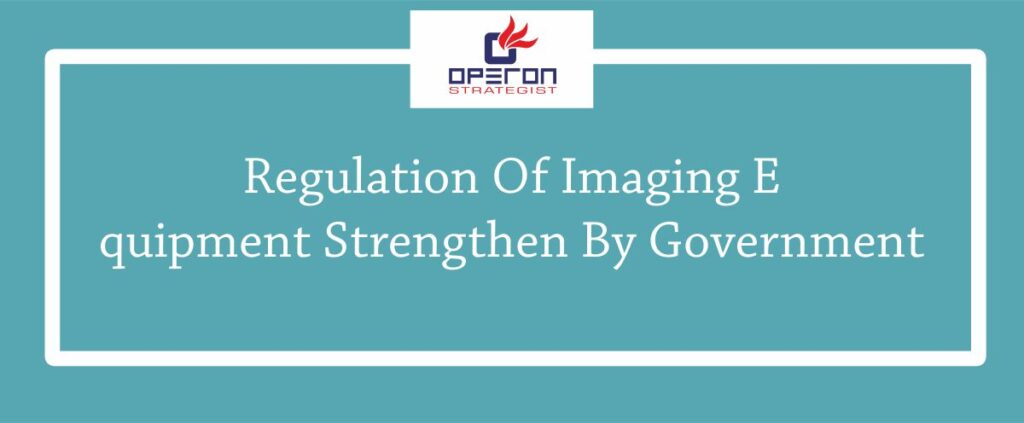In the medical device industry, ensuring that every design decision aligns with safety and regulatory expectations is critical. Design Qualification (DQ) plays a vital role in the validation lifecycle, while ISO 14971 sets the global framework for risk management in medical devices. When connected effectively, these two elements ensure that devices are not only functional but also safe, compliant, and ready for global markets.
This article explores how Design Qualification links with risk management under ISO 14971, why this integration is essential, and how medical device professionals can apply it successfully.
What is Design Qualification (DQ)?
Design Qualification (DQ) is the documented verification that the proposed design, system, or equipment meets predefined user requirements and intended purposes.
Looking For a Medical Device Regulatory Consultant?
Let’s have a word about your next project
In medical device manufacturing, DQ ensures:
-
- The design aligns with user needs and functional requirements.
-
- The chosen design is fit for its intended use.
-
- All regulatory and quality requirements are considered before moving forward.
DQ acts as the foundation for subsequent qualification steps such as Installation Qualification (IQ), Operational Qualification (OQ), and Performance Qualification (PQ).
What is ISO 14971 and Why Is It Important?
ISO 14971 is the international standard that guides risk management for medical devices. It provides a structured framework to:
-
- Identify hazards throughout the product lifecycle.
-
- Estimate and evaluate risks.
-
- Implement effective risk control measures.
-
- Monitor residual risks and ensure continued safety.
This standard is mandatory for CE marking under EU MDR and widely recognized by regulators such as the US FDA, Health Canada, and others.
The Connection Between DQ and ISO 14971 Risk Management
Linking Design Qualification with ISO 14971 ensures that design decisions are based not only on performance requirements but also on patient safety and compliance obligations.
- User Requirements → Risk Analysis
During DQ, manufacturers define User Requirement Specifications (URS). ISO 14971 complements this by requiring risks associated with these requirements to be analyzed early in development.
- Design Review → Risk Controls
DQ confirms that the design meets intended purposes, while ISO 14971 ensures hazards are identified and mitigated through risk controls such as design features, protective measures, or user information.
- Documentation and Traceability
Both DQ and ISO 14971 require thorough documentation. Linking DQ outputs with risk management files ensures traceability, showing how risks are considered in every design decision.
- Continuous Lifecycle Alignment
Design Qualification is not a one-time event. As designs evolve, risks must be re-evaluated. Together, DQ and ISO 14971 create a dynamic compliance framework that adapts throughout the device lifecycle.
Benefits of Linking Design Qualification with Risk Management
Integrating DQ with ISO 14971 risk management offers significant advantages:
-
- Improved Safety: Addresses patient risks early in the design phase.
-
- Operational Efficiency: Reduces costly rework and delays by preventing design flaws.
-
- Audit Readiness: Creates a clear trail of compliance for inspectors and auditors.
-
- Quality Assurance: Embeds risk-based thinking into product development and validation.
Best Practices for Implementation
To successfully integrate Design Qualification with ISO 14971 risk management:
-
- Develop a strong URS that reflects both functional and safety requirements.
-
- Conduct early-stage risk analysis as part of DQ planning.
-
- Use cross-functional teams (engineering, QA/RA, manufacturing) to review design and risks.
-
- Maintain a Risk Traceability Matrix (RTM) linking hazards, design controls, and outcomes.
-
- Update risk files whenever design modifications occur.
-
- Adopt digital documentation tools to streamline traceability and reporting.
Common Pitfalls to Avoid
-
- Treating DQ as a formality instead of integrating it with risk management.
-
- Poor documentation that leads to gaps during audits.
-
- Overlooking risks when design changes are introduced.
-
- Viewing DQ, IQ, OQ, and PQ as isolated steps rather than a connected process.
Avoiding these pitfalls ensures a more robust design process and smoother regulatory submissions.
Operon Strategist’s Role in Design Qualification and Risk Management
At Operon Strategist, we help the medical device industry navigate complex regulatory landscapes by sharing well-researched insights and practical guidance. With years of consulting experience in global compliance, we provide knowledge on standards such as ISO 13485, FDA 21 CFR Part 820, and EU MDR.
Our approach focuses on:
-
- Explaining complex processes like Design Qualification in a clear and practical way.
-
- Highlighting best practices that support safer and more efficient device development.
-
- Providing regulatory perspectives to help professionals stay prepared for audits and inspections.
-
- Sharing actionable knowledge that supports better compliance and decision-making.
Through this knowledge-driven approach, Operon Strategist contributes to building a stronger culture of safety, quality, and regulatory awareness across the medical device industry.
Need Guidance On Medical Device Compliance And Regulatory Best Practices?
FAQ’S
What is the role of Design Qualification in medical device validation?
Design Qualification verifies that the design meets user requirements and intended use, serving as the foundation for subsequent validation steps.
How does ISO 14971 support Design Qualification?
ISO 14971 ensures risks associated with the design are identified, controlled, and documented, providing a risk-based foundation for DQ decisions.
Can Design Qualification be performed without risk management?
It’s not advisable. Regulators like the FDA and EU MDR expect risk management to be embedded in design activities, making it essential for compliance.
What documents are required for linking DQ with risk management?
Key documents include User Requirement Specifications (URS), design review records, risk analysis reports, and a Risk Traceability Matrix (RTM).
Why is traceability important in Design Qualification?
Traceability demonstrates that every design decision considers identified risks, supporting audit readiness and patient safety.




